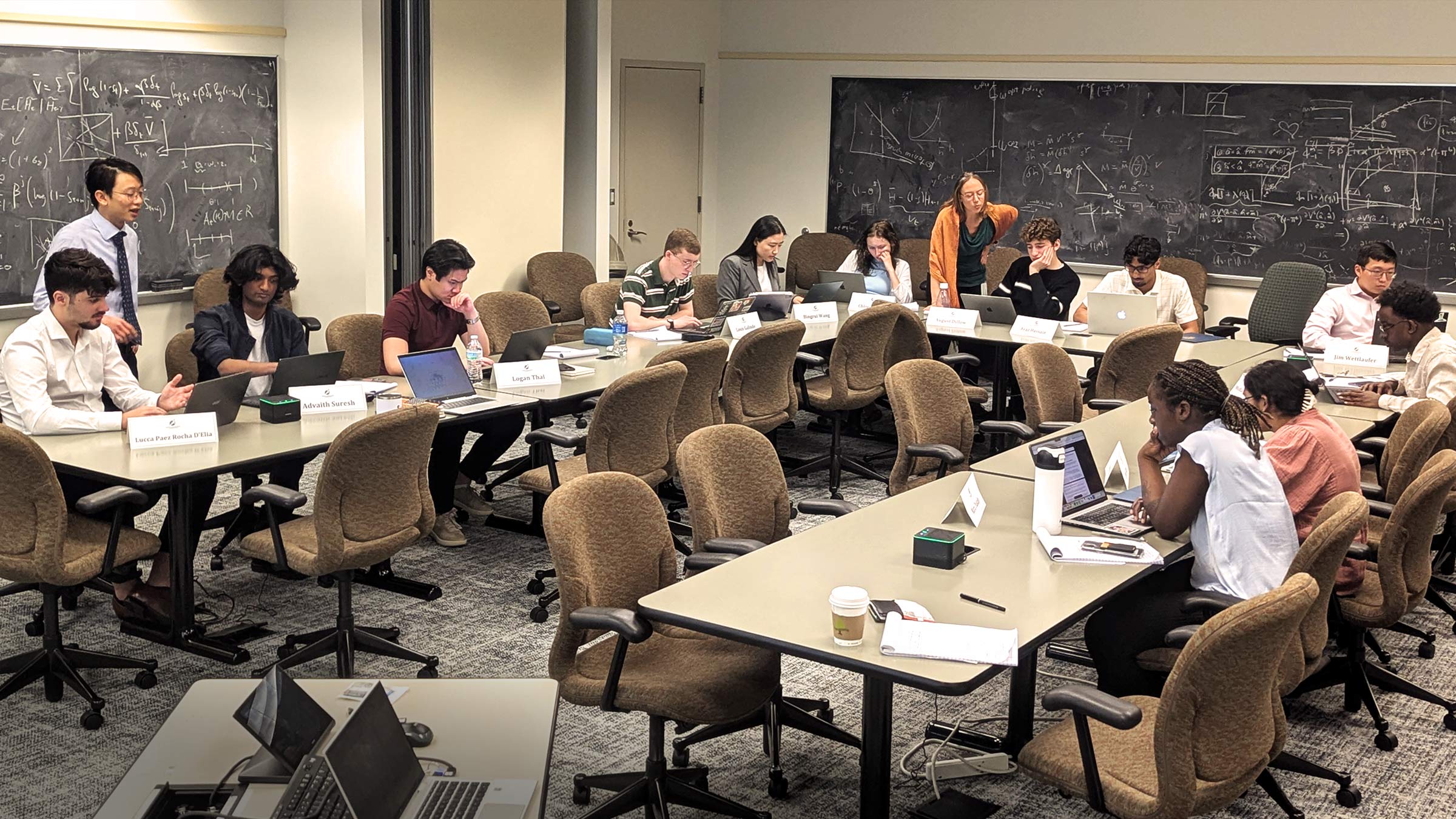In the coming years, the Federal Reserve System faces significant change along with many challenges and uncertainties as it seeks to fulfill its mission to foster the stability, integrity, and efficiency of the nation’s monetary, financial, and payment systems. The complexity and pace of change including advances in technology, declining check volumes, consolidations in the banking and financial payments industries, security concerns, and greater emphasis on corporate governance all pose considerable challenges for the Federal Reserve in carrying out its responsibilities.
In response to these challenges, the Federal Reserve Bank of Minneapolis remains focused on effectively executing its strategic plan, which is directed at ensuring all System objectives are met while also maximizing the Bank’s operational efficiency and quality of service delivery. The Bank’s many achievements in 2006 demonstrate our effectiveness in executing our strategic plan.
Overall, Bank performance was strong in 2006. Adjusted for additional Check expenses approved by the Retail Payments Office (RPO) related to the implementation of Check 21 and the Helena Branch processing consolidation, the Bank’s 2006 expenses were on budget. Priced services’ revenue exceeded plan, efficiency measures in Check and Cash were all better than plan, and the Bank met most quality measures. Working with the RPO on the Helena consolidation, the Bank developed a new business model relying more heavily on electronic processing and retaining a Check 21 print operation at the Helena Branch on an interim basis.
The Bank continued to effectively lead the Financial Services Policy Committee (FSPC) (the Federal Reserve System’s payments policymaking arm) and the Financial Services Council (FSC). Of particular note was the success of several initiatives requiring considerable Product and Support Office coordination including strategic planning, business/technology planning, product development, customer support, and data privacy. Staff in the FSPC Support Office were also responsible for strengthening industry outreach and standards-related work. The Bank received favorable feedback on its leadership from other Reserve Banks and the Product Offices.
At the System level, Bank management played a leadership role in several important new initiatives including preparations for a potential avian flu pandemic, planning for a new identity credential, and development of a policy for sharing payments data with other supervisors and System researchers.
In partnership with external consultants, FedACH analyzed the costs and benefits of continuing operations on legacy mainframe technology versus migration to distributed technologies. Based on the results, a strategic decision was made to modernize FedACH core payments processing using technology that provides superior flexibility to accommodate changes in volumes and services, greater efficiency in software development, and higher processing throughput when compared to the other alternative technologies reviewed. Migration to the new technology is planned to occur over a five-year period.
FedACH and Customer Contact Center staff helped ensure successful completion of the conversion from FedLine DOS to FedLine Advantage by achieving all assigned project objectives and targets before year-end 2006.
The Supervision, Regulation, and Credit Division (SRC) focused on ensuring operational excellence, creating a culture of continuous improvement, strengthening staff members’ skills and expertise, conducting outreach, and contributing to System and Bank initiatives consistent with its mission. SRC complied with System policies and guidelines and had no material shortcomings in meeting reporting deadlines and internal metrics for ongoing operations. SRC successfully implemented the System’s quality management guidelines across all supervision areas and implemented an enhanced risk monitoring and identification process.
The Bank is the host site for the Learning Management Support Office, which has responsibility for implementing and supporting FedLearn, the System-approved product for storing employees’ training histories and the single point of access to eLearning. FedLearn has been successfully implemented at six Reserve Banks and within six business lines. FedLearn currently houses over 225,000 training records and 20,000 courses, including 1,600 eLearning offerings. The remaining Reserve Banks and business lines are scheduled to deploy FedLearn by April 2007.
While the Bank has a strong compliance and control environment, it pursued several initiatives to continue strengthening risk management practices. One 2006 high priority objective was to develop specific contingency plans for a pandemic flu outbreak. The Bank augmented its existing top-down enterprise risk management program by developing and testing a bottom-up business line approach.
Bank management places a high priority on fostering a work environment that attracts and retains a talented and diverse work force. To help accomplish this goal, the Bank launched its Leadership Link development program, which includes a number of new tools that round out the existing staff development program. Also, the Bank hired a full-time diversity coordinator to expand on our successful diversity program and create a stronger connection among the Bank’s diversity program, employee relations events, and outside volunteer activities.
The Bank pursued several initiatives as part of its continuing commitment to advance research and economic and financial literacy, as well as increase awareness of community development issues. The Bank’s policy contributions included the publication of a number of scholarly articles by the Bank’s economists and advisers, ongoing initiatives to promote early childhood development, and public outreach to promote understanding of community development issues.
The Bank’s success in 2006 is a result of the strong commitment and diligence of our employees and Board of Directors. Together we will continue to effectively implement our strategic plan and address the many challenges we face while also carrying out the Federal Reserve System’s mission to foster stability, integrity, and efficiency in the nation’s monetary, financial, and payment systems.




